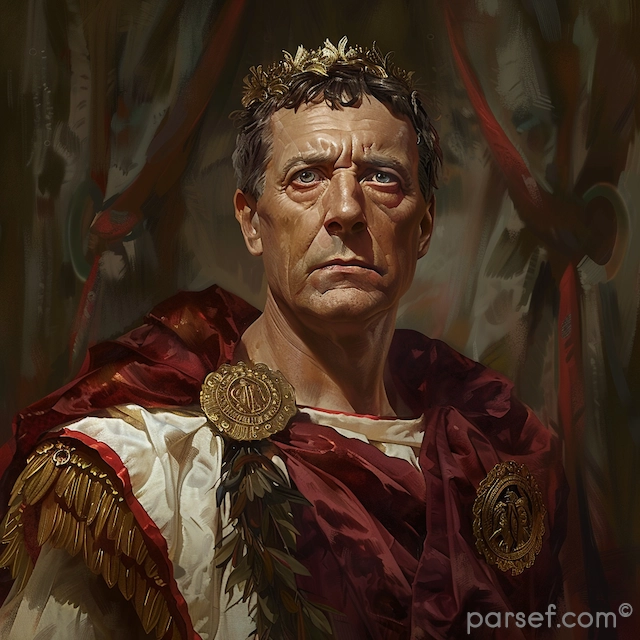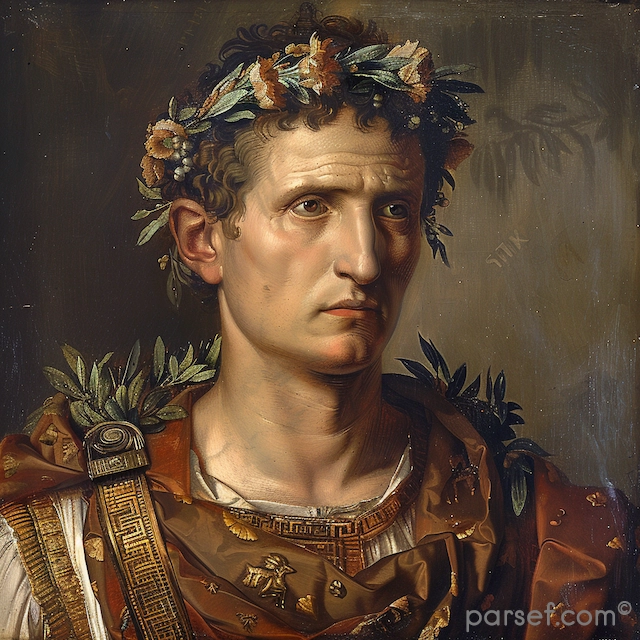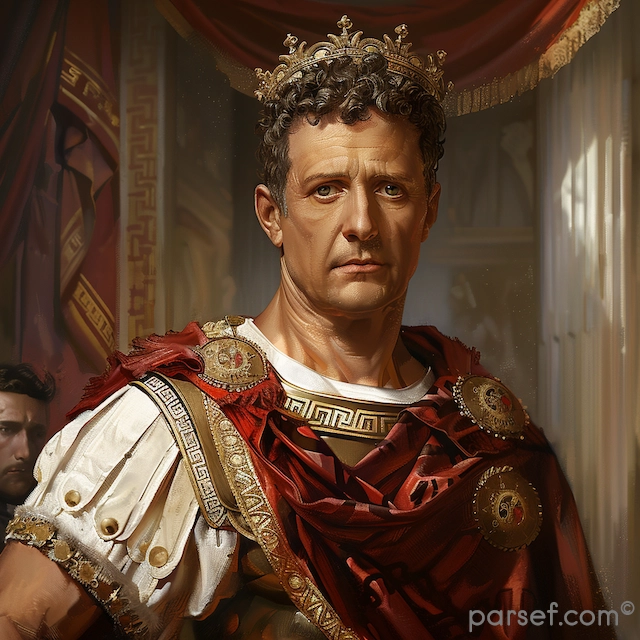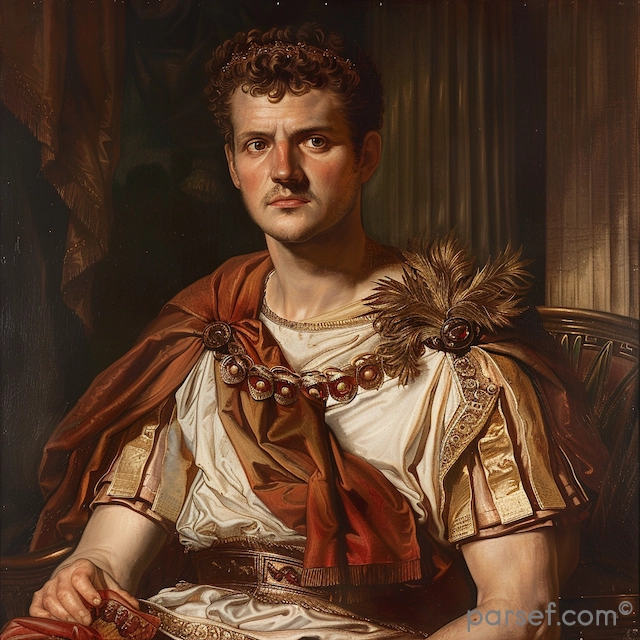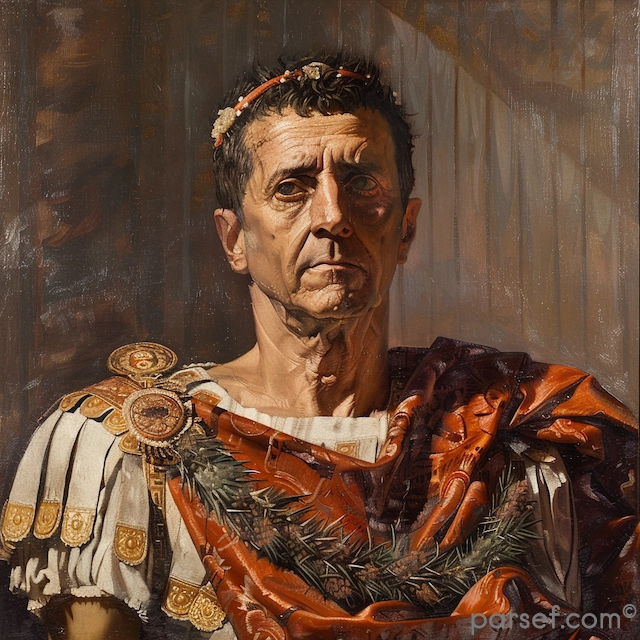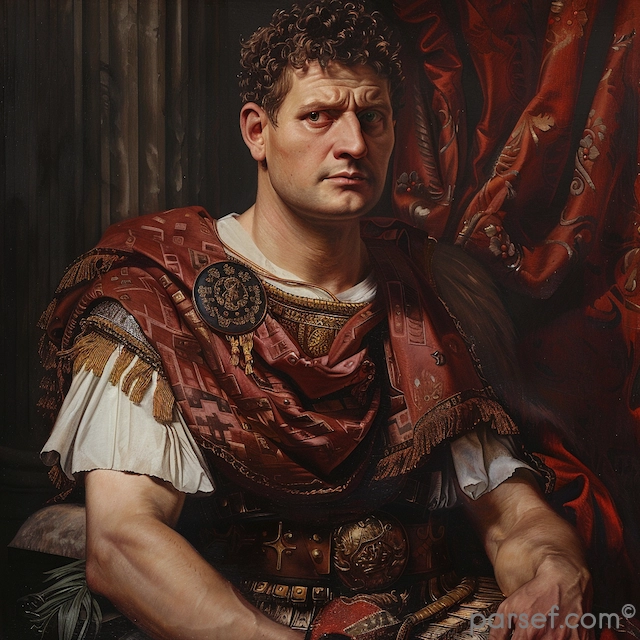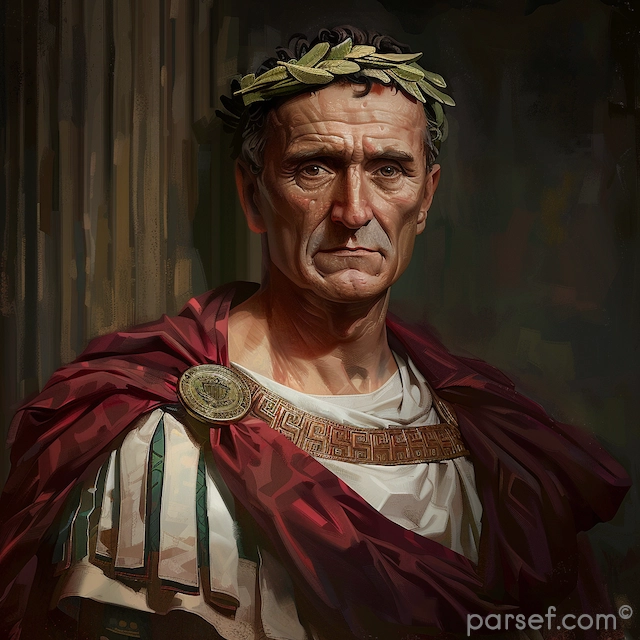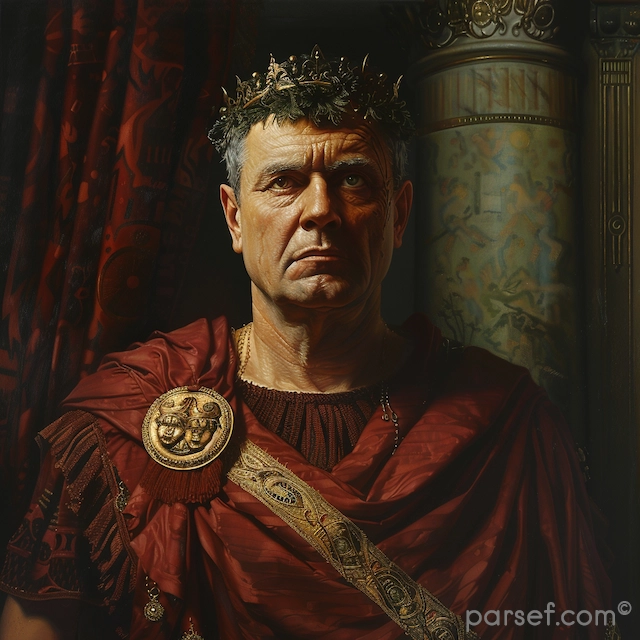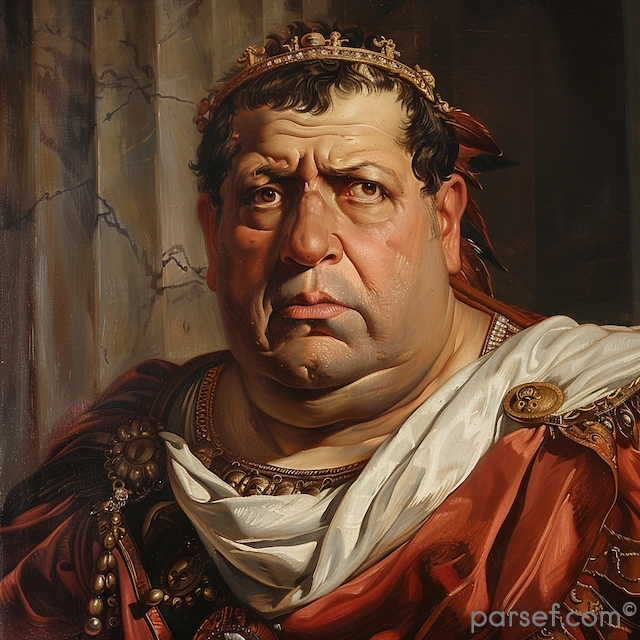The Colossal Footprint: Exploring the Roman Empire at its Greatest Extent
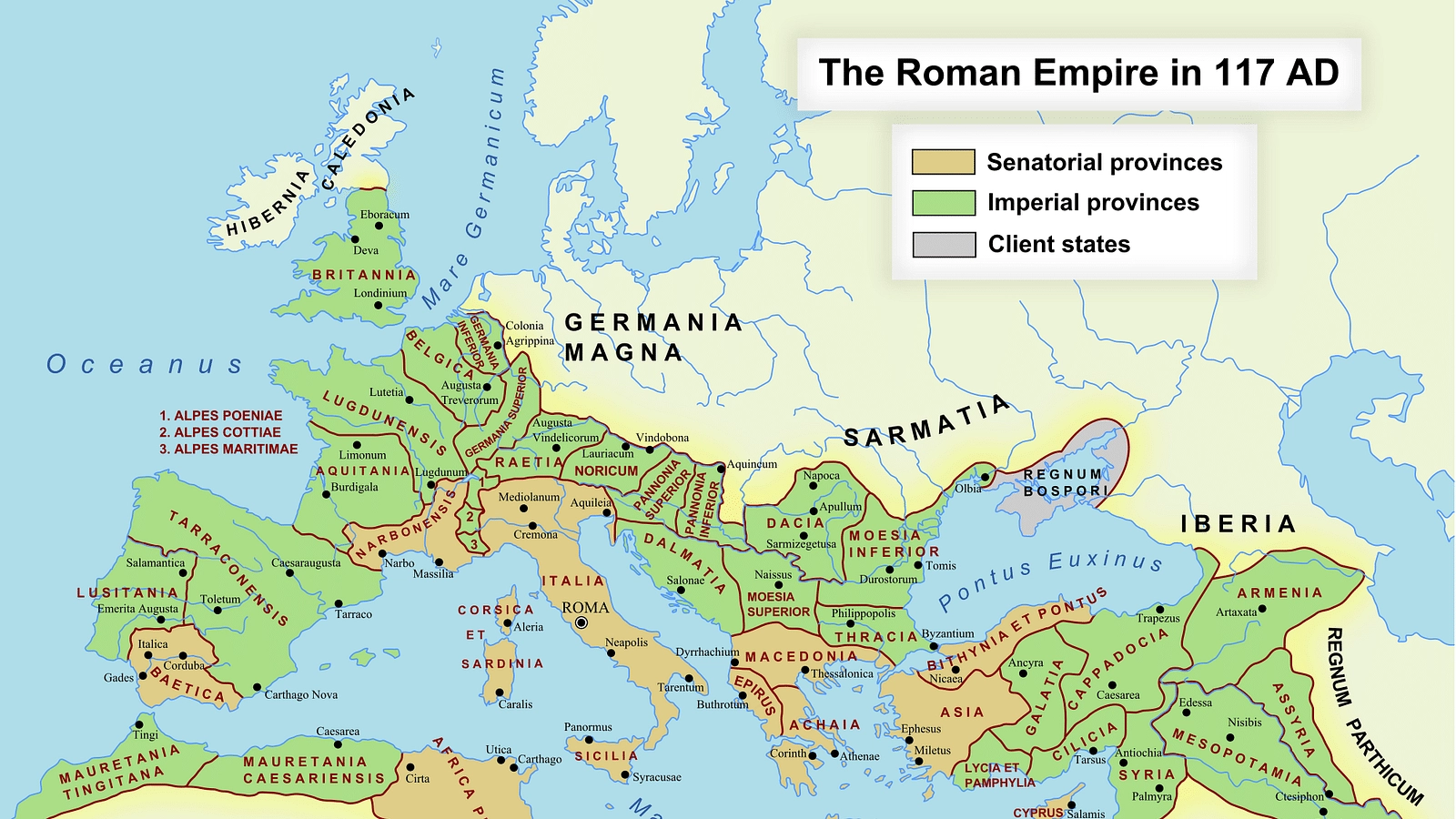
The Roman Empire, a name that evokes images of gladiatorial combat, sprawling aqueducts, and stoic emperors, wasn't just a powerful state; it was a colossal empire that stretched across continents. But how vast was its reach at its zenith? This post delves into the greatest extent of the Roman Empire, also known as the Roman Empire at its largest extent or Roman Empire full extent.
The Peak of Power: The Reign of Trajan (98-117 AD)
Historians generally agree that the Roman Empire reached its maximum extent during the reign of Emperor Trajan. This ambitious leader, known for his military prowess and infrastructure projects, oversaw a period of significant territorial expansion. Under his rule, the empire ballooned to a staggering size, encompassing roughly 5 million square kilometers.
A Realm Spanning Continents: From Britain to Mesopotamia
Imagine a map stretching from the misty shores of Britain in the northwest all the way to the sun-baked plains of Mesopotamia in the east. This vast expanse roughly defines the extent of the Roman Empire at its peak. Key regions included:
- Europe: The entire Italian Peninsula formed the heart of the empire, with control extending north into Gaul (modern-day France), Britannia (Britain), and parts of Germania (modern-day Germany).
- North Africa: The fertile lands of Egypt, a vital source of grain, were firmly under Roman control, along with vast stretches of the North African coast.
- Middle East: The empire's eastern frontier reached Mesopotamia, encompassing parts of modern-day Iraq, Syria, and Jordan.
A Legacy of Power and Complexity
The sheer size of the Roman Empire at its greatest extent is a testament to its remarkable engineering capabilities, efficient administration, and formidable military strength. Maintaining control over such a diverse and geographically vast area presented an immense challenge. The Romans achieved this through a network of roads, sophisticated communication systems, and a strong military presence on the frontiers.
However, the vastness also planted the seeds of future challenges. The empire's sprawling borders became increasingly difficult to defend, and internal administrative complexities grew over time.
A Gateway to Further Exploration
Understanding the extent of the Roman Empire is just the first step. This vast territory fostered a rich cultural exchange, with Roman laws, architecture, and language leaving a lasting impact on conquered territories. If you're curious to delve deeper, you can explore specific regions within the empire, the daily lives of its citizens, or the challenges of governing such a diverse realm. The Roman Empire's legacy continues to fascinate us, and its story offers valuable lessons about the rise and fall of empires.
Related Posts
Septimius Severus: The General Who Became Emperor and Reformed the Roman Empire
The tumultuous period following the assassination of Commodus saw a rapid succession of emperors, each vying for power in a chaotic political landscape. Among these contenders, Septimius Severus emerged as the ultimate victor. A seasoned general with a reputation for military prowess and political acumen, Severus proved to be a...
Read MoreClaudius: The Unexpected Emperor and His Surprising Achievements
In the annals of Roman history, the name Claudius stands out as a remarkable story of an unexpected emperor who defied the odds and left behind a legacy of significant achievements. Often underestimated due to physical disabilities, Claudius rose to power and proved to be a capable and innovative ruler....
Read MoreTrajan: Expanding the Roman Empire to Its Zenith
The Roman Empire, at its zenith, was a sprawling realm that stretched from Britannia in the north to Egypt in the south, and from Hispania in the west to Mesopotamia in the east. Among the emperors who played a pivotal role in this expansion and solidified Rome's dominance was Trajan....
Read MoreA Journey Through Time: Mapping Ancient Rome and Jerusalem
For centuries, Rome and Jerusalem have captivated historians and travelers alike. These two powerful cities, though geographically distant, were intertwined throughout much of their ancient history. But how close were they? Let's explore maps depicting these ancient cities and their respective empires. The Mediterranean World: A Roman Sea During the height of...
Read MoreBonsai Trees: The Art, Care, and Beauty of Miniature Trees
Bonsai trees are more than just plants—they are living works of art, shaped and nurtured over time to reflect nature’s beauty in miniature form. Originating from ancient Asian traditions, bonsai trees symbolize harmony, patience, and balance, making them a meaningful and meditative hobby for plant lovers worldwide. Whether you're a...
Read MoreUnearthing History: Julius Caesar’s Artifacts and Their Significance
Julius Caesar, one of the most renowned figures of Roman history, left an indelible mark on the ancient world. His military conquests, political reforms, and dramatic death have made him a central figure in historical and archaeological studies. Although Caesar lived over two millennia ago, numerous artifacts associated with his...
Read More